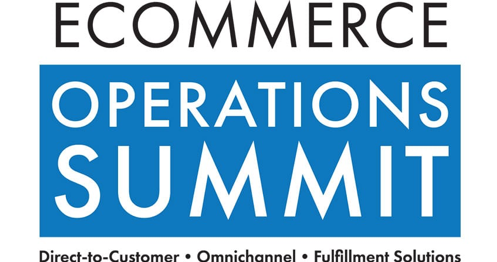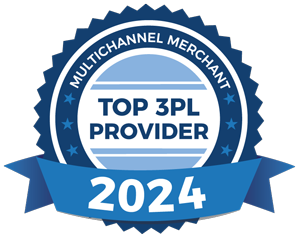PFC’s Top Takeaways from the 2019 eCommerce Operations Summit

The Multichannel Merchant 2019 eCommerce Operations Summit took place last month in Columbus, Ohio. This annual conference, entering its 9th year, is devoted exclusively to direct-to-customer and omnichannel operations & fulfillment.
The three-day summit drew hundreds of attendees, including PFC team members, and featured productive roundtables, facility tours and 100 speakers from big brands like Best Buy, Overstock.com, FedEx and Google.
Here are a few of our top takeaways from the 2019 eCommerce Operations Summit:
Customer Experience
More than ever, brands need to bring their A game when it comes to creating a great customer experience. From an ecommerce operations/fulfillment standpoint, this means having same-day customer SLA’s for orders (both D2C and retail), fast inbound receipt processing , and a fast and highly-efficient returns process. More and more, dynamic returns processing is becoming critical to brand success.
Shipping Costs
Outside of cost of goods, shipping is the biggest expense in a brand’s supply chain. Brands will continue to look for new and creative ways to drive their shipping costs down. Working with a 3PL that has a knowledgeable negotiation team and will go to bat with carriers on behalf of their clients is a must for contract success. Carriers today are willing to negotiate just about everything – from pick-up times and accessorial to DIM divisors.
Automation
Scarcity in the labor market, along with the need to fill orders faster to meet customer SLA’s and expectations, are driving brands to look more closely at automation solutions for their fulfillment operations. And the findings from Modern Materials Handling’s 2019 warehouse and DC automation survey suggests that we’ll see the use of automation systems accelerate quickly in the coming years – whether it’s robots, automated equipment, AI, or other new technologies. The most common automation equipment currently in use, according to survey respondents, include conveyor/sortation systems (63%), weighing/cubing/dimensioning equipment (55%) and goods-to-person picking solutions (33%). When planning for the next 24 months, most surveyed organizations are looking to upgrade or implement conveyor/sortation systems (57%), automated packaging solutions (55%) and robotics picking (50%). When evaluating future systems, the most important factors are durability/reliability/uptime, support/service response time and total cost of ownership/ROI/maintenance costs.
LTL / FTL
LTL and FTL growth rates are down 10% year-over-year, as some carriers struggle and look for much-needed market share. Data shows that the decline comes from the long-distance side of the industry – with full- truckload (FTL) rates as well as less-than-truckload (LTL) rates dropping again last month, as well as local trucking rates dropping. The slumping numbers are driven by more non-traditional players hitting the market. Some of these newer, innovative players include Uber Freight and Emerge, a freight logistics startup with a proprietary cloud-based private freight marketplace (PFM) platform.
International Markets
U.S. retailers can expect continued growth in international markets and should be ready to take on more overseas market opportunities. And there are certainly a lot of opportunities out there – with a 265% growth rate expected for global ecommerce between 2014 and 2021.
About Promotions Fulfillment Center
At PFC, our clients’ success is our #1 priority. Since 1974, our team has delivered outstanding quantifiable results, with turnkey solutions in ecommerce & web fulfillment, and contact center services – all backed by leading technology. Retailers and ecommerce brands that partner with PFC have historically achieved considerable cost savings in excess of 35% and have significantly improved their program ROI.
Learn more about PFC’s eCommerce fulfillment solutions or email us at info@pfcfulfills.com.
Sources:

